



Fiebre del heno
- Start your online consultation and select a suitable treatment from our range of options.
- Our in-house clinicians will review your order and, if appropriate, prescribe it.
- Receive your order within 2-3 working days.
Takes approximately 2 mins to complete.
9 productos
-
Aerosol nasal Avamys
 Aerosol nasal Avamys
Aerosol nasal Avamys- Precio regular
-
£ 13.08 - Precio regular
-
- Precio de venta
-
£ 13.08
-
Phenergan 25mg Tablets
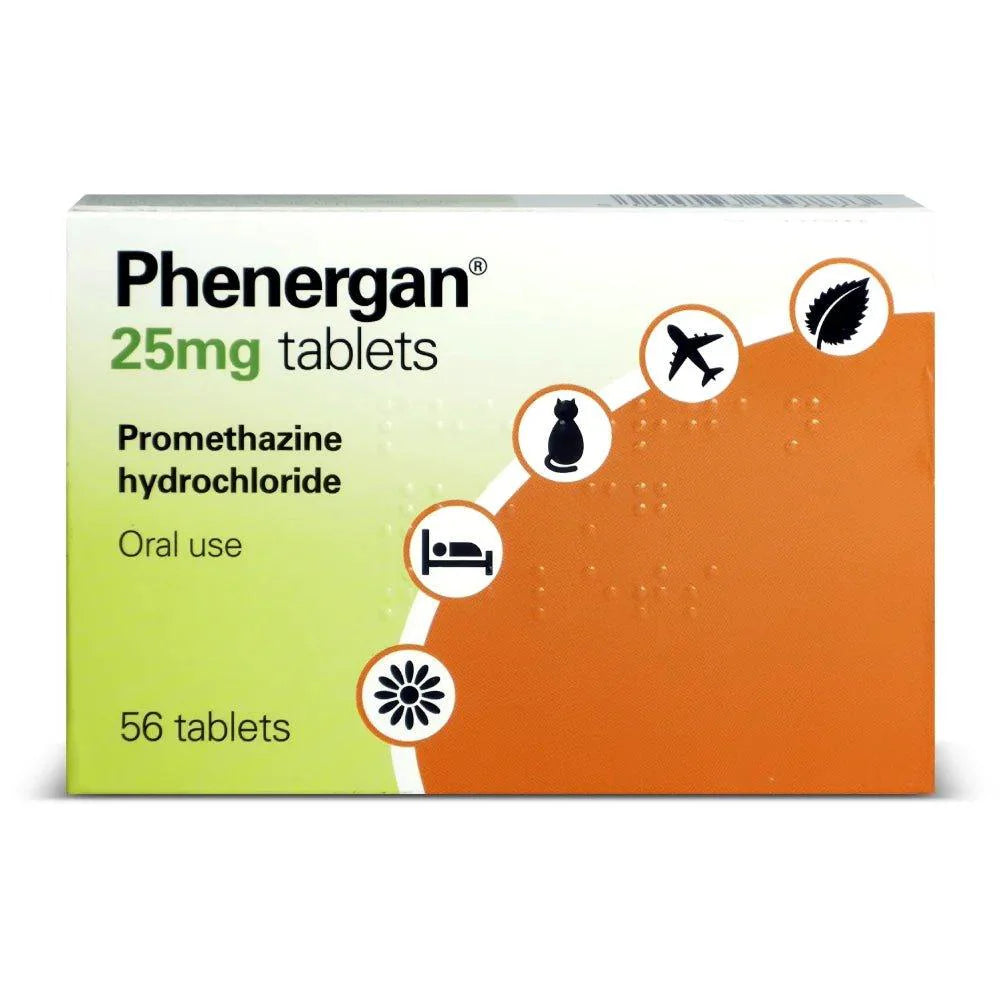 Phenergan 25mg Tablets
Phenergan 25mg Tablets- Precio regular
-
£ 8.28 - Precio regular
-
- Precio de venta
-
£ 8.28
-
Fexofenadina 120 mg tabletas
 Fexofenadina 120 mg tabletas
Fexofenadina 120 mg tabletas- Precio regular
-
£ 7.08 - Precio regular
-
- Precio de venta
-
£ 7.08
-
Alivio de la fiebre del heno de Beconase
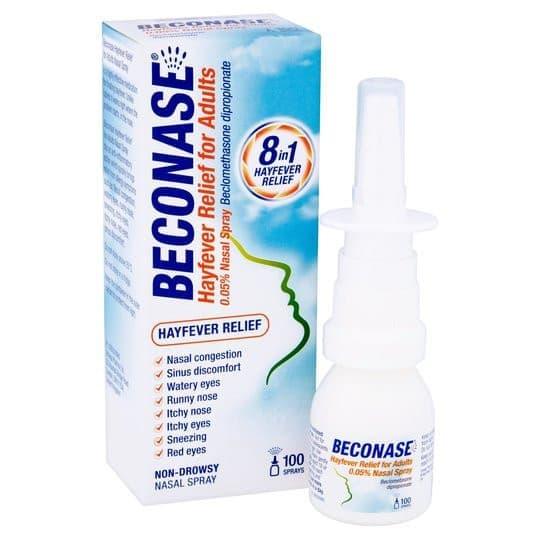 Alivio de la fiebre del heno de Beconase
Alivio de la fiebre del heno de Beconase- Precio regular
-
£ 8.28 - Precio regular
-
- Precio de venta
-
£ 8.28
-
Benacort 64mcg Nasal Spray
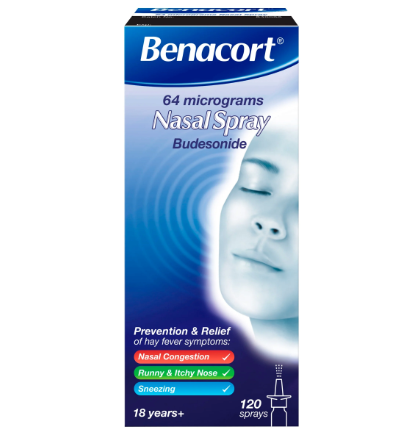 Benacort 64mcg Nasal Spray
Benacort 64mcg Nasal Spray- Precio regular
-
£ 10.68 - Precio regular
-
- Precio de venta
-
£ 10.68
-
Nasacort Nasal Spray (EXPIRY 06.2024)
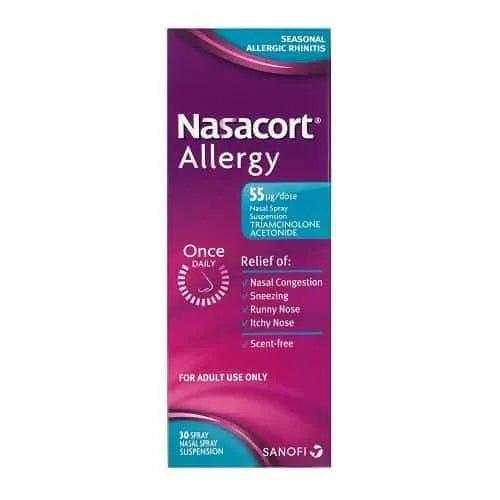 Nasacort Nasal Spray (EXPIRY 06.2024)
Nasacort Nasal Spray (EXPIRY 06.2024)- Precio regular
-
£ 8.32 - Precio regular
-
£ 11.88 - Precio de venta
-
£ 8.32
-
Otrivine Adult Nasal Spray
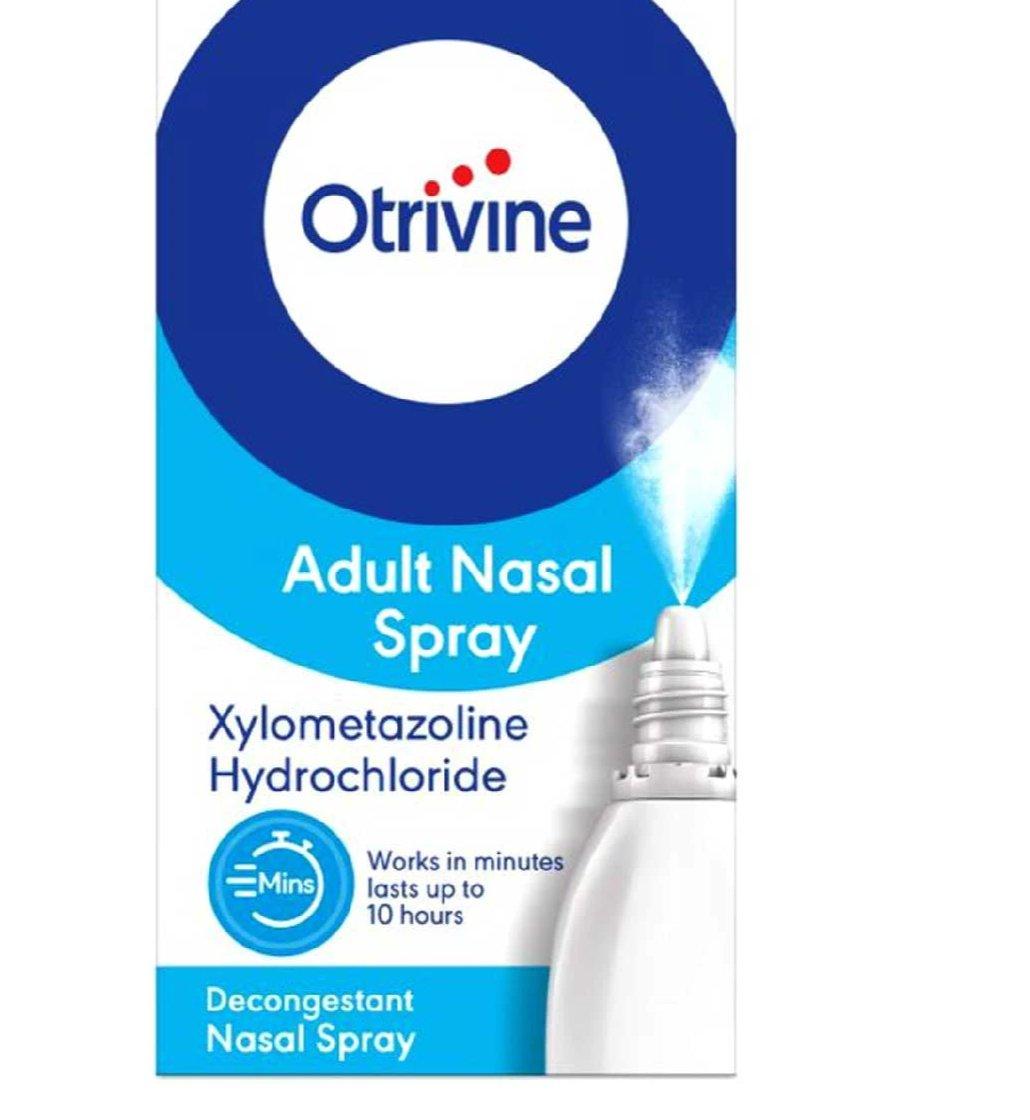 Otrivine Adult Nasal Spray
Otrivine Adult Nasal Spray- Precio regular
-
£ 4.68 - Precio regular
-
- Precio de venta
-
£ 4.68
-
Clarityn Allergy 10mg - 30 Tablets
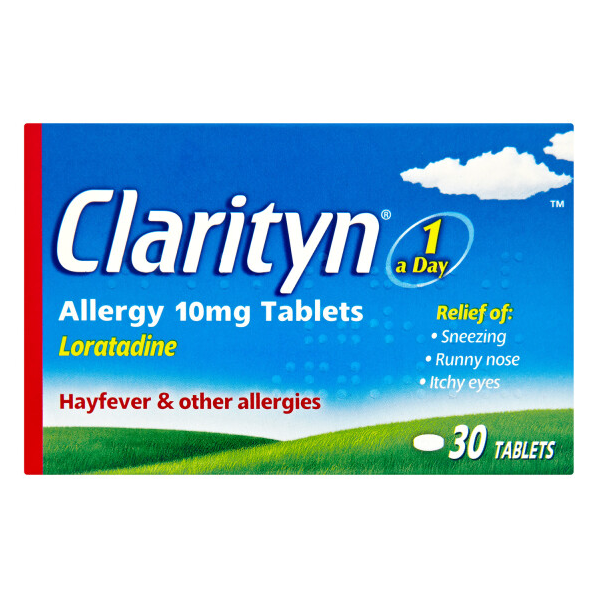 Clarityn Allergy 10mg - 30 Tablets
Clarityn Allergy 10mg - 30 Tablets- Precio regular
-
£ 9.48 - Precio regular
-
- Precio de venta
-
£ 9.48
-
Pirinase Hayfever Nasal Spray
 Pirinase Hayfever Nasal Spray
Pirinase Hayfever Nasal Spray- Precio regular
-
£ 9.48 - Precio regular
-
- Precio de venta
-
£ 9.48

Causes
Diagnosis
Treatments
Prevention
Further info
FAQs
¿Qué es la fiebre del heno?
¿Qué causa la fiebre del heno?
¿Cómo puedo tratar la fiebre del heno?
¿Cuáles son las mejores formas de controlar la fiebre del heno?
Medically reviewed & approved
This page was medically reviewed by Dr Sohaib Imtiaz (clinical lead) |
Testimonials




We are here to help!
Our Customer Service is available:
Monday to Friday 8 am to 5 pm.
If you need urgent assistance, do not use this service. Call 111, or in an emergency call 999.
More information about our service can be accessed from our knowledge hub below.










